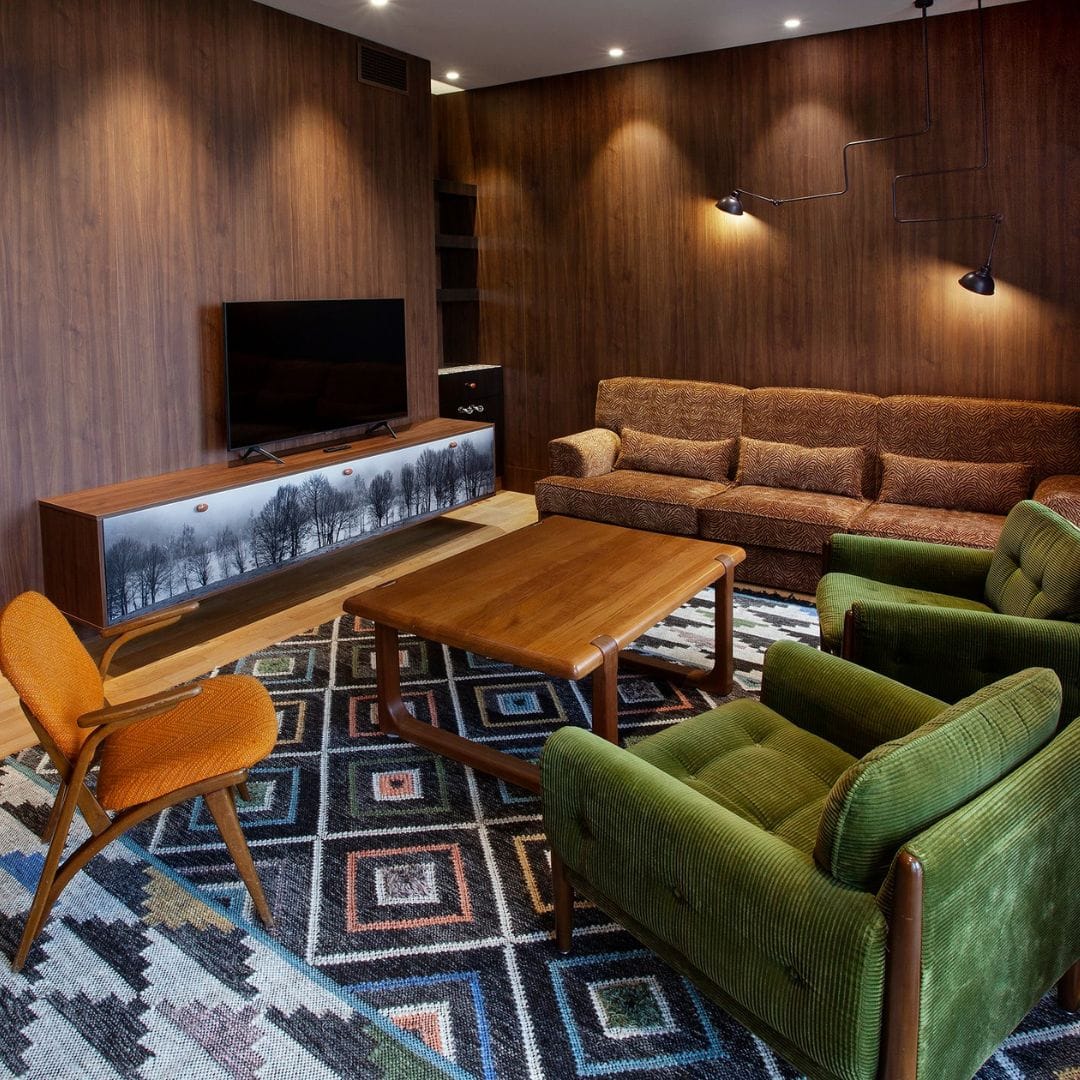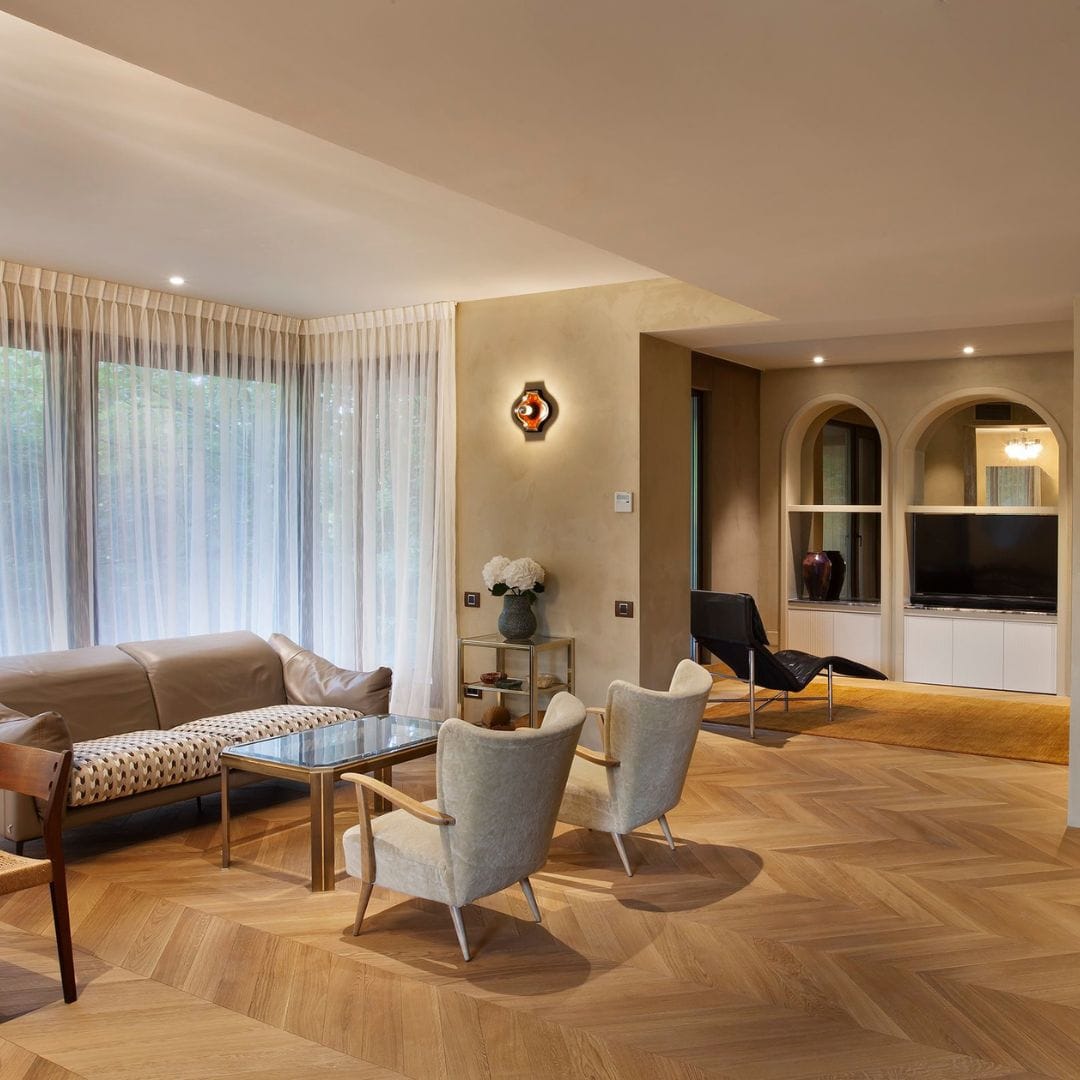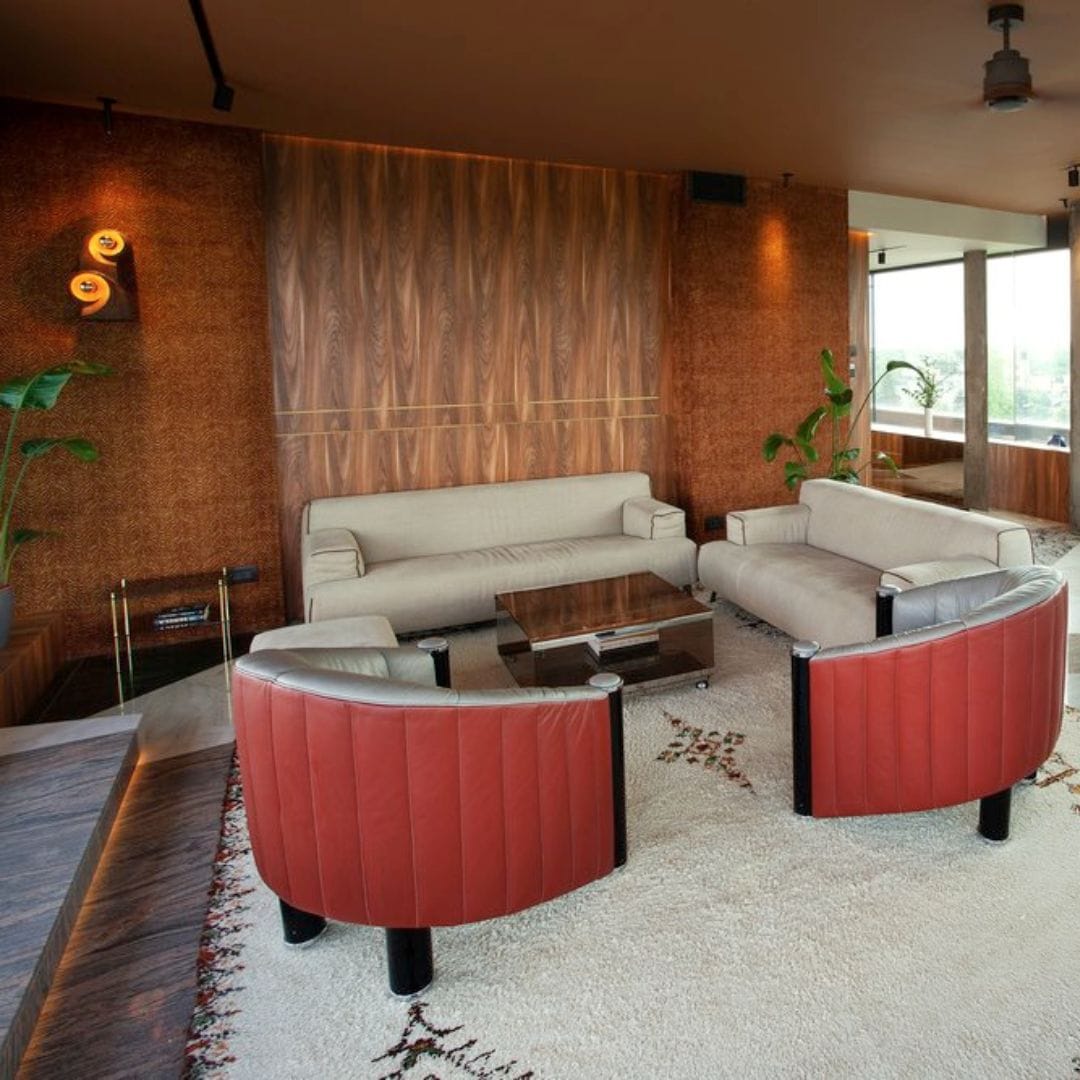How to Choose the Right Lighting for Every Room in Your Home
Lighting is not merely functional. It sets the tone, emphasizes design elements, and has a measurable impact on the way we feel within a space. In interior design, choosing the right light source is as important as selecting the right furniture or color palette.



Understanding Lighting: The Foundations
The success of a lighting scheme depends on three main factors:
- Brightness (measured in lumens)
- Color temperature (measured in Kelvin)
- Purpose (ambient, task, or accent lighting)
Each factor affects the mood, visual clarity, and spatial perception of a room.
Rethinking Brightness: Lumens Over Watts
Gone are the days when wattage defined brightness. With LEDs, lumens — the measure of light output — are now key. For instance, an 800-lumen LED provides the same light as a 60W incandescent bulb, yet consumes far less energy.
When planning lighting, always focus on lumens, not watts — it’s the sure way to achieve consistent brightness and efficiency across your home.
Light That Resonates: The Power of Color Temperature
The warmth or coolness of light, measured in Kelvins, determines how we perceive a space. Light color quietly sets the mood:
- Soft warm light (2700–3000K) evokes comfort and intimacy — ideal for living rooms, bedrooms, and dining spaces.
- Neutral white (3500–4100K) offers clarity without harshness — well-suited to kitchens, bathrooms, and hallways.
- Daylight-cool light (5000–6000K+) brings alertness and precision — best for garages, offices, and outdoor zones.
Each Room, a Different Light Story
Living Room
A living space benefits from a combination of overhead fixtures and table or floor lamps. Begin with warm, ambient lighting to create a welcoming base.
Then introduce accent lights to highlight artworks or textures — wrought iron, plaster walls, or woven textiles. Include one or two sources with dimming capability to adapt mood effortlessly.
Dining Room
Dining areas invite conversation and connection. Pendants or chandeliers hang above the table, casting focused yet warm pools of light. Choose soft white tones to enhance textures and food presentation without overwhelming the experience.
Bathroom
Precision is key in the bathroom. Around mirrors, choose cool-white bulbs for accurate color rendering when grooming. Complement this with a softer, ambient glow to soften the environment—spa-like yet practical.
Bedroom
Here, comfort takes center stage. Avoid bright overhead lights before sleep; instead, opt for bedside lamps with soft, adjustable warm light that allows for calm transitions from evening relaxation to nightfall. A touch of indirect ambient lighting can complement without overwhelming.
Kitchen
A kitchen needs both form and focus. Begin with neutral-white overhead lighting, then integrate under-cabinet strips to illuminate food prep surfaces. This layered approach ensures style and functionality — no harsh shadows when chopping or cooking.
Hallways and Corridors
Thoughtful lighting in transition zones prevents them from feeling like afterthoughts. Integrate motion-activated or low-level sconces in neutral tones. The goal is seamless flow with enough visibility, without explicit brightness.
Beyond Bulbs: Choosing the Right Light Source
All lighting begins with the bulb, but the choice defines longevity and appearance.
- Standard LEDs deliver efficiency and a broad range of color temperature.
- Vintage filament-style LEDs offer nostalgic warmth in visible fixtures — ideal for heritage-inspired or industrial interiors.
- Halogen bulbs provide crisp, bright clarity but are less efficient and produce more heat.
- CFLs represent an older generation: less eco-friendly and phased out.
Bringing It All Together
Lighting isn’t just functional — it’s expressive. Thoughtful layering of ambient, task, and accent lighting brings depth to interiors. As daylight flows through windows, it blends with electric light to shape textures, colors, and moods. Used wisely, lighting becomes one of the most effective tools to sculpt and elevate living spaces.
This article was inspired by interior design principles presented by Shea McGee in her MasterClass “Design a Space You Love.”
Browse our curated collection of lighting fixtures at Retros Gallery, designed to enhance both your aesthetic vision and practical living.
If you want to dive deeper into how lighting affects mood and décor, check out our guide on The Power of Light in Interior Design.
Garage and Utility Spaces
These areas benefit from purposeful lighting. Select cool daylight tones and durable fixtures designed to resist dust and moisture. Suspended LED panels or wall-mounted downlights create bright, even visibility ideal for projects or vehicle care.
Outdoor Areas
Lighting outdoors blends safety with style. In patios, use warm-toned lanterns or up-lights to highlight seating zones.
Along walkways and driveways, daylight-cool LED fixtures with motion sensors ensure clarity and security after dark.




